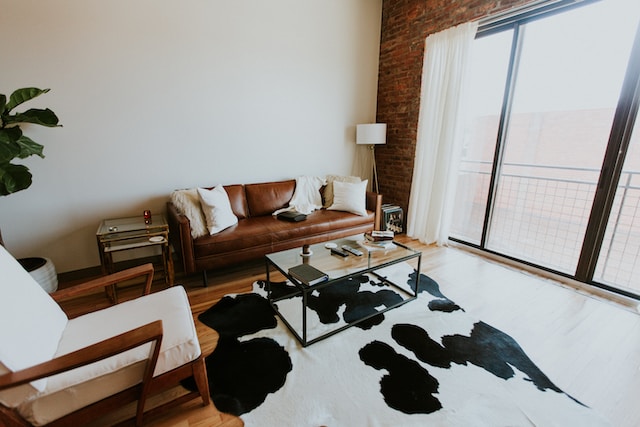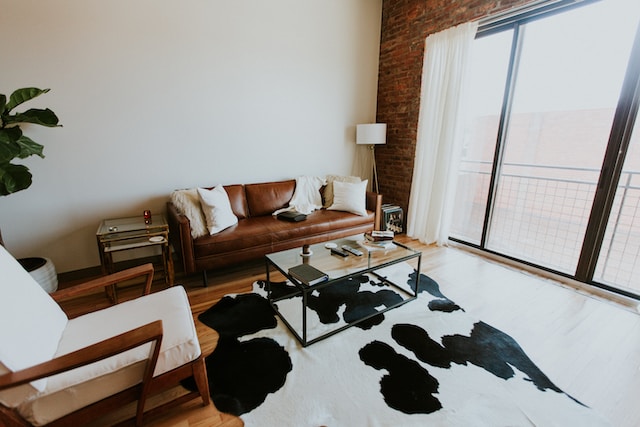
Fusing contemporary and historical elements in interior design intrigues homeowners and interior designers. The best of both worlds are combined in this one-of-a-kind fusion of old and new, yielding a charming, ageless setting full of character. Combining contemporary and old components opens countless creative options for personalization. In this instructive blog post, we’ll combine modern and historical design elements to create a unified and alluring space. With an interior design firm or interior designer, create a home that exudes elegance and sophistication by finding the ideal balance between the modern and the traditional.
Combine contemporary minimalism and retro eclecticism.
Achieving a balance between modern and vintage interior design trends is essential. Common modern design characteristics include a neutral color scheme, simple shapes, and clear lines. Retro style, on the other hand, uses a variety of vibrant hues, detailed details, and rich textures. Consider starting with a modern minimalist base and adding vintage accents to provide an eclectic and welcoming atmosphere to combine different styles smoothly. For instance, adding a vintage rug, antique accent chairs, and retro-inspired lighting fixtures can transform a modern living room with a sleek sofa and a clean-lined coffee table.
Establishing a Consistent Color Scheme
When blending contemporary and vintage features, a unified color palette is essential. Choose a neutral background in white, gray, or beige shades to harmonize the area. Ensuring that the colors complement one another and contribute to the overall harmony of the design is crucial. Depth, warmth, and earthy vintage elements can enhance a modern setting, creating the perfect blend of the two styles.
Authentic Antiques with Contemporary Function
Modern decor gains personality and distinctiveness by using vintage furniture pieces. Look for vintage sideboards, cabinets, or dressers that may double as attractive focal points and valuable storage. Vintage furniture frequently has a sense of history and craftsmanship that gives your room depth. To update vintage chairs or sofas while maintaining their vintage appeal, think about reupholstering them in modern fabrics.
Classical Design with a Nostalgic Touch
In both contemporary and historical home design, art and décor are essential components. Retro-inspired posters or vintage artworks can evoke nostalgia and take you back in time. Combine these retro components with modern art or abstract artwork to add a modern twist. To add a personal touch and a touch of sentimentality to your design, you can also use carefully arranged family treasures, old trinkets, or antique collectibles.
Bringing Together Modern and Vintage Elements
A vital component of modern and vintage interior design is blending different textures. Match the warmth and texture of old materials like weathered leather, reclaimed wood, or natural fabrics with smooth and sleek materials like glass, metal, or polished wood. A velvety velvet throw pillow with a contemporary leather sofa may create a rich and inviting atmosphere. Contrast is essential to create a harmonious and visually appealing design that embraces the best of both worlds.
Adopting Vintage Prints and Patterns
Your interior’s vintage patterns and prints give aesthetic appeal and a touch of nostalgia. Think of using wallpaper with a vintage feel, floral designs, or geometric patterns. Throw pillows, drapes, or area rugs are some ways to incorporate these designs into a room. Combining these retro designs with sleek, contemporary furniture and architectural components may create an intriguing contrast that takes your design to a higher level of elegance.
Conclusion
A distinctive and captivating place that oozes personality and timeless appeal can be created by combining modern and vintage components in interior design. You may create a unified and aesthetically pleasing home that exudes elegance and style by balancing modern minimalism and vintage eclecticism, incorporating vintage statement pieces, and fusing various materials and textures. To traverse this creative journey, work with an interior design firm or interior designer, and embrace the best of both eras in a balanced fusion that honors the elegance of modern and historical design.
